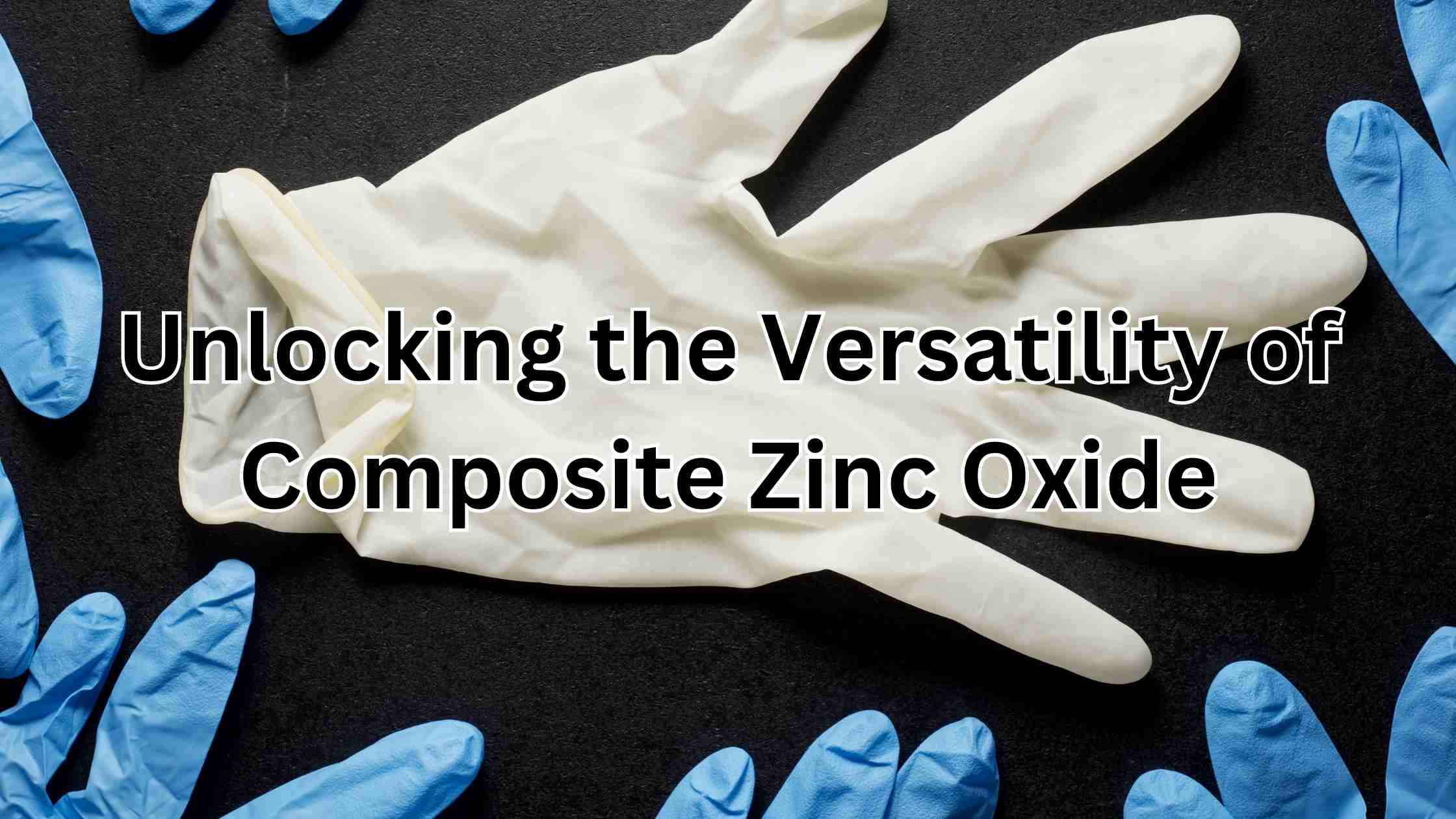
Composite materials have been revolutionizing various industries, enabling the creation of innovative and high-performance products. Among these materials, composite zinc oxide stands out for its exceptional properties and wide-ranging applications. In this article, we will delve into the world of composite zinc oxide, exploring its composition, characteristics, and the diverse industries where it is making a significant impact.
Understanding Composite Zinc Oxide
Composite zinc oxide refers to the combination of zinc oxide with other materials, resulting in a unique and versatile compound. The synthesis of composite zinc oxide involves various methods such as sol-gel, hydrothermal, and chemical vapor deposition. The composition of the composite material can be tailored to achieve specific properties and functionalities. This flexibility allows researchers and engineers to unlock the full potential of zinc oxide.
Composite Zinc Oxide in Applications
The applications of composite zinc oxide span across several industries, each benefiting from its remarkable properties. In the electronics and semiconductor field, composite zinc oxide finds its place in sensors and transistors, offering improved sensitivity and response time. It is also extensively used in optoelectronic devices, contributing to the development of advanced displays and lighting technologies.
The energy sector has also witnessed the influence of composite zinc oxide. Its incorporation in solar cells and photovoltaic systems enhances energy conversion efficiency and durability. Additionally, composite zinc oxide is employed in energy storage devices, enabling high-capacity batteries and supercapacitors with enhanced performance.
In the healthcare and biomedical fields, composite zinc oxide showcases its antibacterial and antimicrobial properties. It is used in wound dressings, medical textiles, and surfaces that require protection against pathogens. Moreover, composite zinc oxide serves as a promising material for drug delivery systems, facilitating targeted and controlled release of pharmaceutical compounds.
Furthermore, composite zinc oxide plays a significant role in environmental applications. It contributes to water purification and wastewater treatment by effectively removing pollutants and contaminants. Additionally, its use in air pollution control helps mitigate harmful emissions, leading to cleaner and healthier environments.
Advancements and Innovations in Composite Zinc Oxide
Continuous research and development in composite zinc oxide have resulted in notable advancements and innovations. Recent studies explore the integration of composite zinc oxide with other materials to enhance its properties further. By combining it with nanomaterials or polymers, researchers have achieved improved conductivity, increased stability, and enhanced mechanical strength.
Furthermore, emerging trends in composite zinc oxide focus on exploring its potential in emerging fields such as flexible electronics, wearable devices, and smart materials. The ability to tune its properties and compatibility with various substrates make it an attractive candidate for future applications.
Challenges and Limitations
While composite zinc oxide holds immense potential, it does face certain challenges and limitations. The synthesis of composite zinc oxide can be complex and may require precise control over various parameters. Additionally, scalability and cost-effectiveness are important considerations for large-scale industrial applications. Further research and development are needed to optimize production processes and reduce manufacturing costs.
Conclusion
Composite zinc oxide demonstrates remarkable versatility across industries, offering unique properties and capabilities. Its presence in electronics, energy systems, healthcare, and environmental applications highlights its significance in various fields. With ongoing advancements and innovations, the potential of composite zinc oxide is expanding further, paving the way for exciting future applications. By continuing to unlock its versatility and addressing the associated challenges, composite zinc oxide will undoubtedly play a pivotal role in shaping the technologies and industries of tomorrow.
